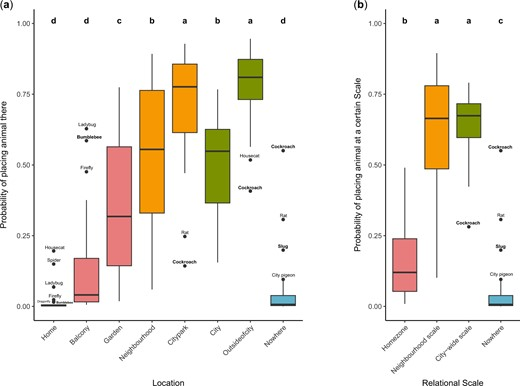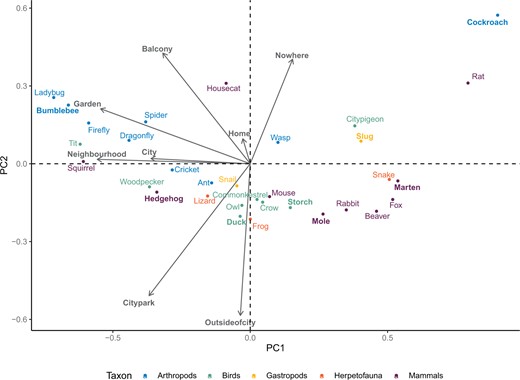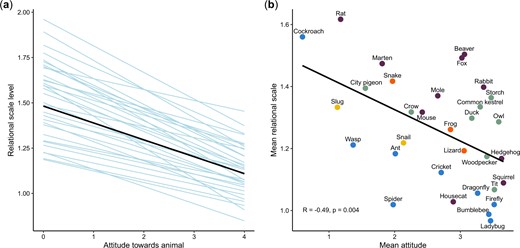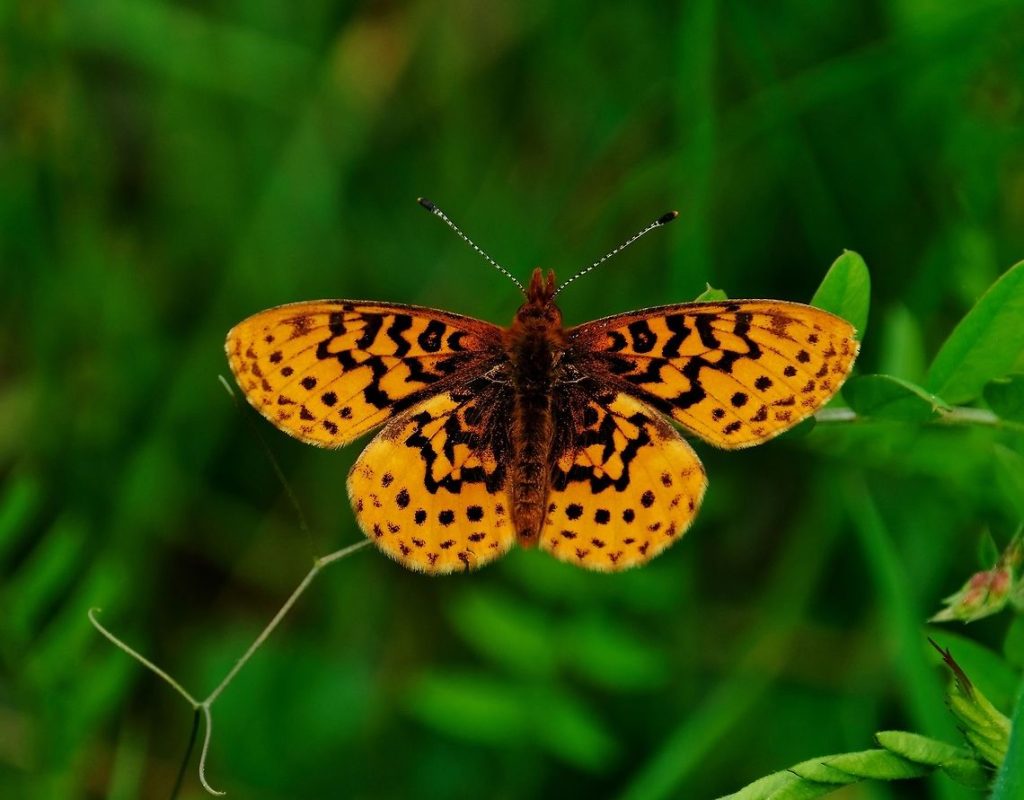The research article that I have chosen to review investigates the impacts of solar energy development on urban wildlife species in the southwestern United States. Renewable energy developers are looking to turn public land into utility-scale solar farms that traditionally occupy at least one thousand acres of land. The Southwest United States is considered a hotspot for biodiversity and endangered species, which creates an interesting conflict between renewable energy development and impacts on wildlife. This region is attractive to developers because there is a lot of available dry land, and it is the area with the highest solar irradiance in the country.
This research article delves into the known and potential impacts that utility-scale solar has on wildlife, including habitat destruction and modification, wildlife mortality, dust and dust-suppression effects, off-site impacts, noise pollution, light pollution, fire effects, water consumption, and microclimate effects. I believe that the article does a thorough job at considering the environmental impacts of solar on urban wildlife in the area. Additionally, the article considers the construction and decommissioning of the solar farms and how these processes impact the surrounding wildlife. The results state that all energy production has social and environmental costs, which is why it is important to weigh the pros and cons of developing in a given area.
In order to advance this study, I believe that community impacts should be studied. Urban wildlife and green spaces hold a huge role in recreational activities for certain areas. This study fails to consider how solar plants could impact populations of wildlife that communities rely on. For example, if a solar plant has negative impacts on fish or deer, this could impact hunting in the area. Also, I believe that further research indicating specific species should be completed. Although the article discusses Aggasiz’s desert tortoise, I believe that the results would be more impactful if more species were selected and studied.
Overall, I chose this article because I am interested in sustainable energy development, and I believe that any and all types of development can impact wildlife. With developers wanting to be near cities and load centers, there will be an increase in interactions between these urban wildlife species that live near future energy centers. Developers must consider how their industrial development will impact species, and how to best mitigate these negative impacts.
Source: Lovich, J. E., & Ennen, J. R. (2011). Wildlife Conservation and Solar Energy Development in the Desert Southwest, United States. BioScience, 61(12), 982–992. https://doi.org/10.1525/bio.2011.61.12.8







